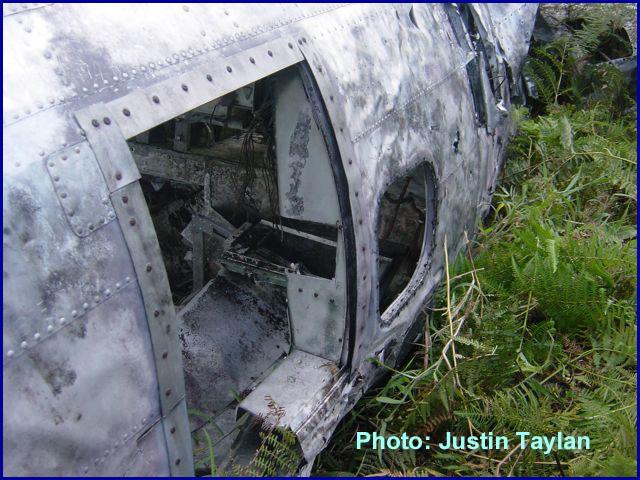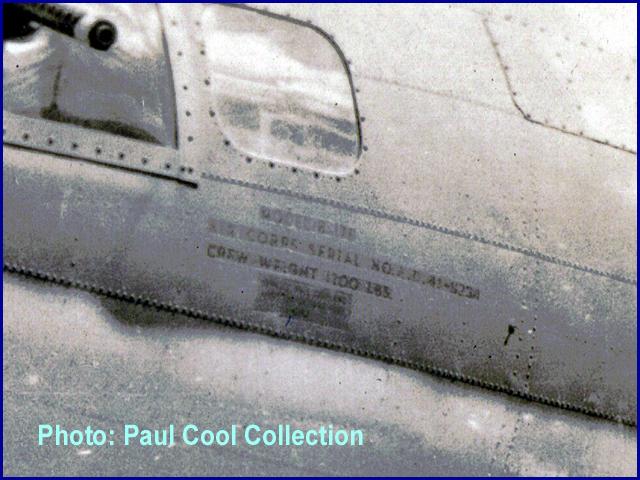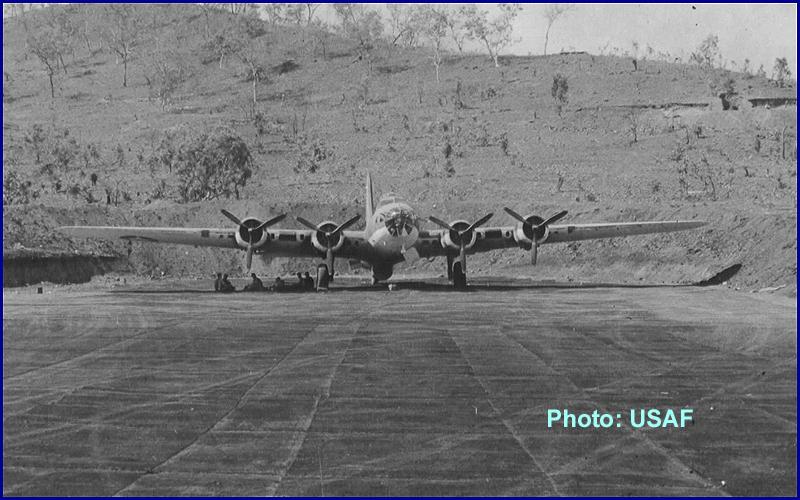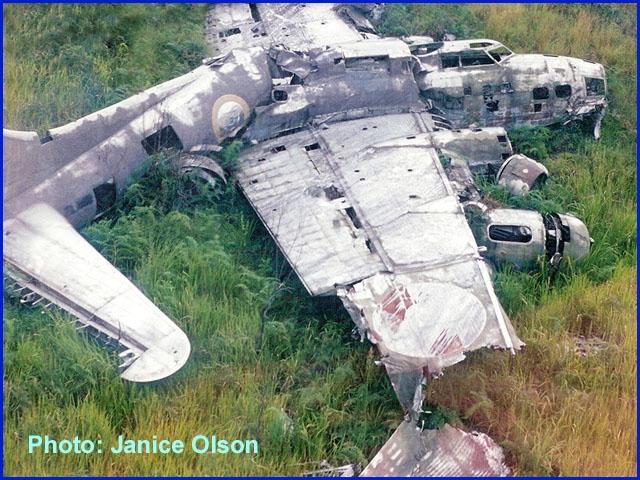
Everybody knows about 41-9234, the shattered B-17E still lying on a hillside at the head of Black Cat Pass near Wau, New Guinea. For years this aircraft was a "mystery" because it appeared to have Royal Air Force markings - roundels on her wings and fuselage, the British serial number FL461, and a camouflage scheme used by the Royal Air Force. Originally allocated to Britain, 41-9234 was one of four B-17Es taken back by the United States and assigned to the 5th Air Force in Australia.
Yet despite her distinguished career with the 19th and 43rd Bomb Groups, nobody was ever able to find any wartime photos of her. Air crew members had recalled a "blue B-17", and particularly associated it with a costly and heartbreaking mission against Japanese shipping at Milne Bay on August 26, 1942. On that day 41-9234 was flown by Captain John Chiles and enemy fire killed his bombardier, Sergeant Earl Snyder, and seriously wounded navigator Lt David Hirsch.
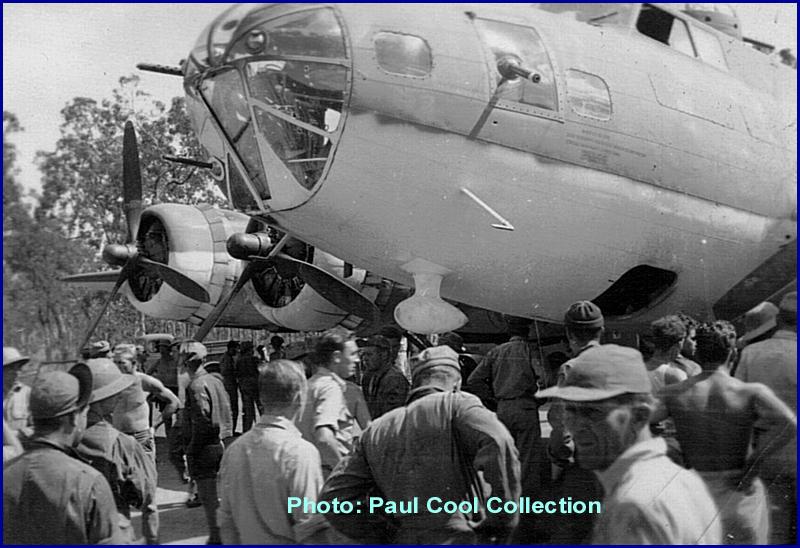
Then this photo turned up in the collection of Paul Cool, son of 19th Bomb Group pilot Captain Paul Cool. There's no indication of when it was taken, but it is at Mareeba, Australia, and the crowd of onlookers indicates that something significant has happened. There are also several tell-tale holes through the nose. The aircraft is painted in what appears to be the Royal Air Force's "Temperate Sea" camouflage scheme.
Evidence I collected with the help of Robert Stitt and Tim Vincent suggests that this aircraft is 41-9234, and I strongly suspect that the photo was taken on August 26, 1942 . . . if anyone can add anything, or identify any of the people in the photo, it would certainly help complete an extraordinary story.
This Flying Fortress is very special. Where else in the world can you still see such a monument to skill and courage . . . a crippled B-17 coaxed into the side of a hill more than sixty-six years ago?
* Cross-posted at www.PacificWrecks.com
